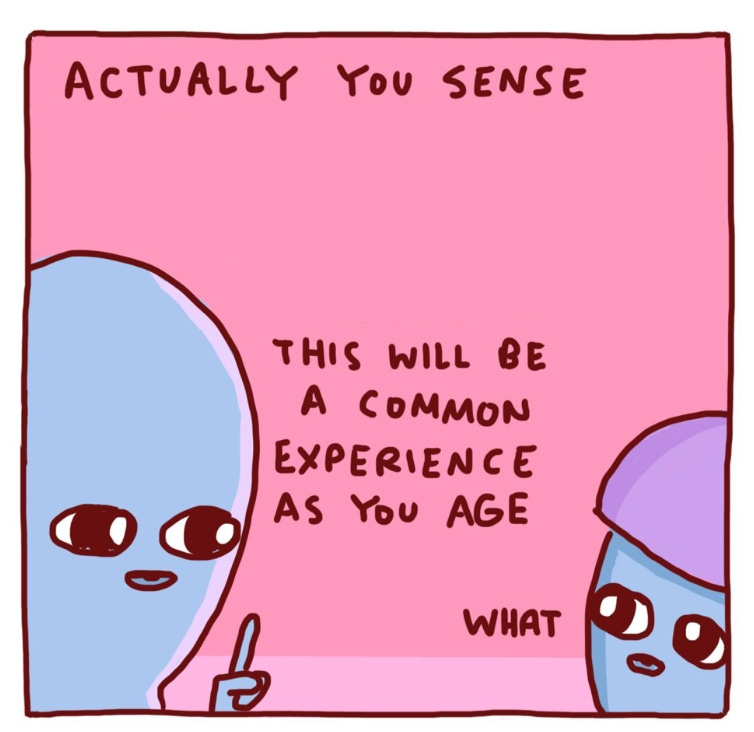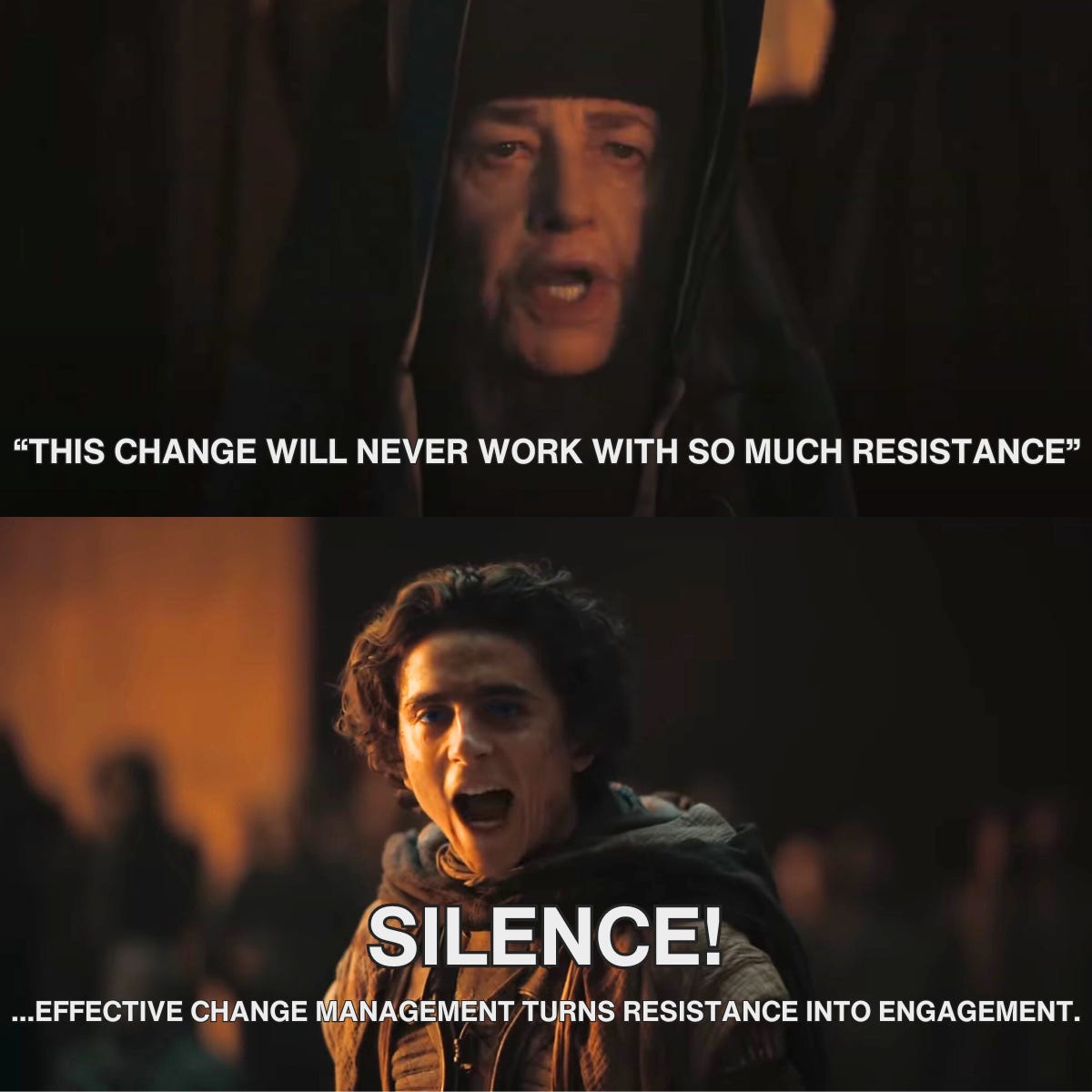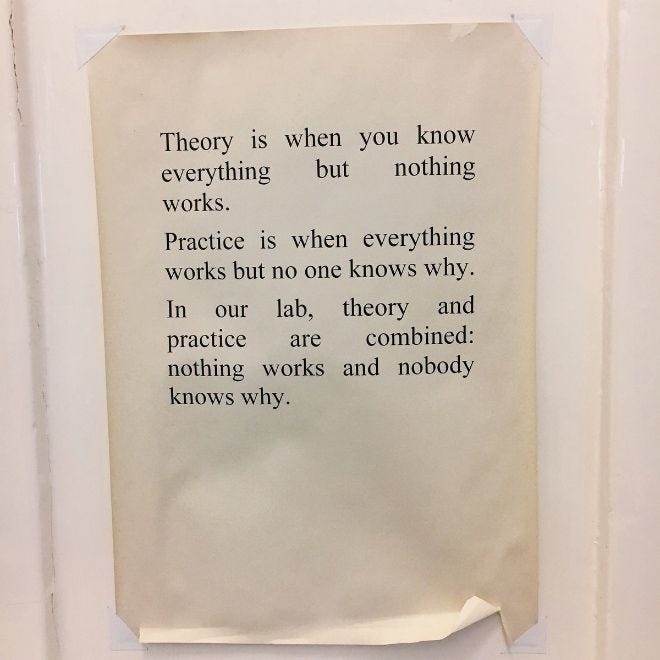Linguistic Latency
Temporary buffering we all experience
Welcome, aspiring polyglot! A common theme that arises during classes, particularly when we are working on audio comprehension of native speakers is one of latency. That is to say, a lagging in comprehension. While a student may be able to comprehend and stay current with the dialogue, the moment we press pause everything they heard goes right out the window. I could play it back 10 times and the same thing will continue to happen. Fortunately, this is normal.
What we all experience
Since this is happening so often to the people with whom I work individually, it is worth looking into why this happens and how you can address it. Depending on level, you may experience this at anywhere between ten seconds and ten minutes. The further along you get and the more you learn, the more dialogue you will be able to keep at the front of your mind when you are studying. Of course, this doesn’t come without frustration.
Understanding words and then immediately forgetting what was said is incredibly frustrating. Knowing you know yet being unable to keep up with your own brain is a unique experience that many people will never encounter. For us language learners, however, it is a necessary piece of the journey and, believe it or not, a solid indication of progress. Eventually you will want to get completely away from knowing how the words translate, but it takes time.
Perhaps the most perilous aspect of this latency is that you will sometimes be confronted with the fact that you missed only one word, but that word is key to understanding the sentence or sentences as a whole. Conversely, you may start to notice that, at times, you are able to pull the entire meaning being conveyed from only one or two words. This lagging period lasts longer than anyone wants, there is no question there, but it also goes faster than you might expect.
Part of training yourself out of this position is learning to auto process smaller and less significant words. Rather than waiting and focusing on the genders of words, the articles, or connecter words like “and” and “or” try to focus exclusively on subject, verb, and object. You really only need two of the three to get most of the way there, but fighting to hear all three every sentence will help with the processing issues you are experiencing. There are, of course, faster strategies.
Methods for overcoming the obstacle
In my estimation, there are three powerful tools you have at your disposal for overcoming linguistic latency; and they are all free, if you want them to be. The first is, of course, dictation. I have beaten dictation to death, so if you would like a step by step on how to add it to your language learning rotation, be sure to check out this article:
The BEST Way to Hone Your Listening Skills
Welcome, aspiring polyglot! An interesting consequence of being an exchange student is that you get to directly compare two different systems. In my case I actually did two years as a senior in high school in two different countries. Furthermore, I experienced private school in Belgium while I attended public school in the US. Both times I was taking Spanish class, something caused by the fact that they wouldn’t let me take English class in Belgium which was less than ideal.
The second is passive input. Volume solves many problems in the field of language acquisition. Not sound volume, but amount. If you spend 1000 hours listening to your target language it will be all but impossible to go on not understanding everything being said. Build up a language acquisition library of tools and resources you can use and return to them daily.
Immersion is the best way to learn a new language, but you do not have to go abroad to immerse yourself. In the Guides section of this website I have a Passive Input Guide that is a 14 day exercise to help you build an environment in which you are able to consume as much of your target language as possible without it becoming overwhelming. There is also a Localized Immersion Guide which is similar, but designed for more robust and long lasting changes.
Filling your time with passive input is fantastic, but if you want to accelerate the changes you are going to have to sit down and actively work on processing the language in different situations. This is another reason that variety is so important when you are building your immersive environment. Too much of the same and you will box yourself in to only being able to understand certain topics and certain voices. If you would like help sorting all of this, fill out the form using the link below and I’ll help you out:
From translation to meaning
The jump you truly need to make in order to solve your brain lagging problems is the jump from translation to meaning. Translation is a powerful tool. It can and should be used early and often to help you understand grammar structures and learn new vocabulary words. Of course, this only works if you turn around and use the things that you are learning. Without practice it’s all just theory.
Some people laugh at themselves when they can only understand ten seconds of speech, even if they didn’t hear the individual words well enough to translate them in real time. I would say, however, that the ability to do that shows me how close you are to flipping the final proverbial switch into bilingualism. Ten seconds is a small amount of time, sure, but it is also the smallest amount of time you will ever be able to process moving forward.
This portion of language acquisition is very similar to gaining weight or going broke. It all happens very slowly, then suddenly. So while ten seconds may feel like it is nothing to be proud of, adding even one second per study session to that will begin to pay dividends almost instantaneously. For one thing, you’ve just proven to yourself that it is possible. That alone is highly motivating.
The better you get at this, the more you are going to have to run trust but verify exercises. I am all for taking risks and moving with absolute delusional confidence. But at the end of the day, your brain is fallible. As you get better, stretch out the amount of time you are listening. Sometimes you need a full minute or two for full context. Once you are done, though, be sure to check your work to ensure you are getting an accurate read on what is happening.
Conclusion
To this day, ten years into speaking French and fifteen years into speaking Spanish, if someone speaks to me in those languages and I am not expecting it, my brain short circuits. Linguistic latency is not a you problem. It is something that every single bilingual I have ever met has experienced; and I know quite a few. Do not take it as a sign of failure. Rather, take is at a sign that you have entered a new era in your language acquisition.
Stress and frustration wreak havoc on the linguistic centers of your brain. The ability to emotionally regulate through these challenges is what will set you apart from those who give up too soon on their dreams of bilingualism. It is difficult, especially when it is as under discussed as it is. But you can do difficult things and be great. So get out and do some difficult things and become great. I am rooting for you all.
Requests
If you have anything you would like covered you can reach out to me on X, Instagram, or at odin@secondlanguagestrategies.com.
Additional Resources
Don't want to spend time playing catch up? Pick up the 3 Months to Conversational book now available on Amazon! 3 Months to Conversational
For more long form content be sure to check out the website and the FREE Language Learning PDFs we have available!
Subscribe for new content on YouTube and TikTok!
Learning Spanish? We have begun aggregating resources in you Spanish Resource Newsletter!
Don't forget to pick up your very own French Language Logbook or Spanish Language Logbook








